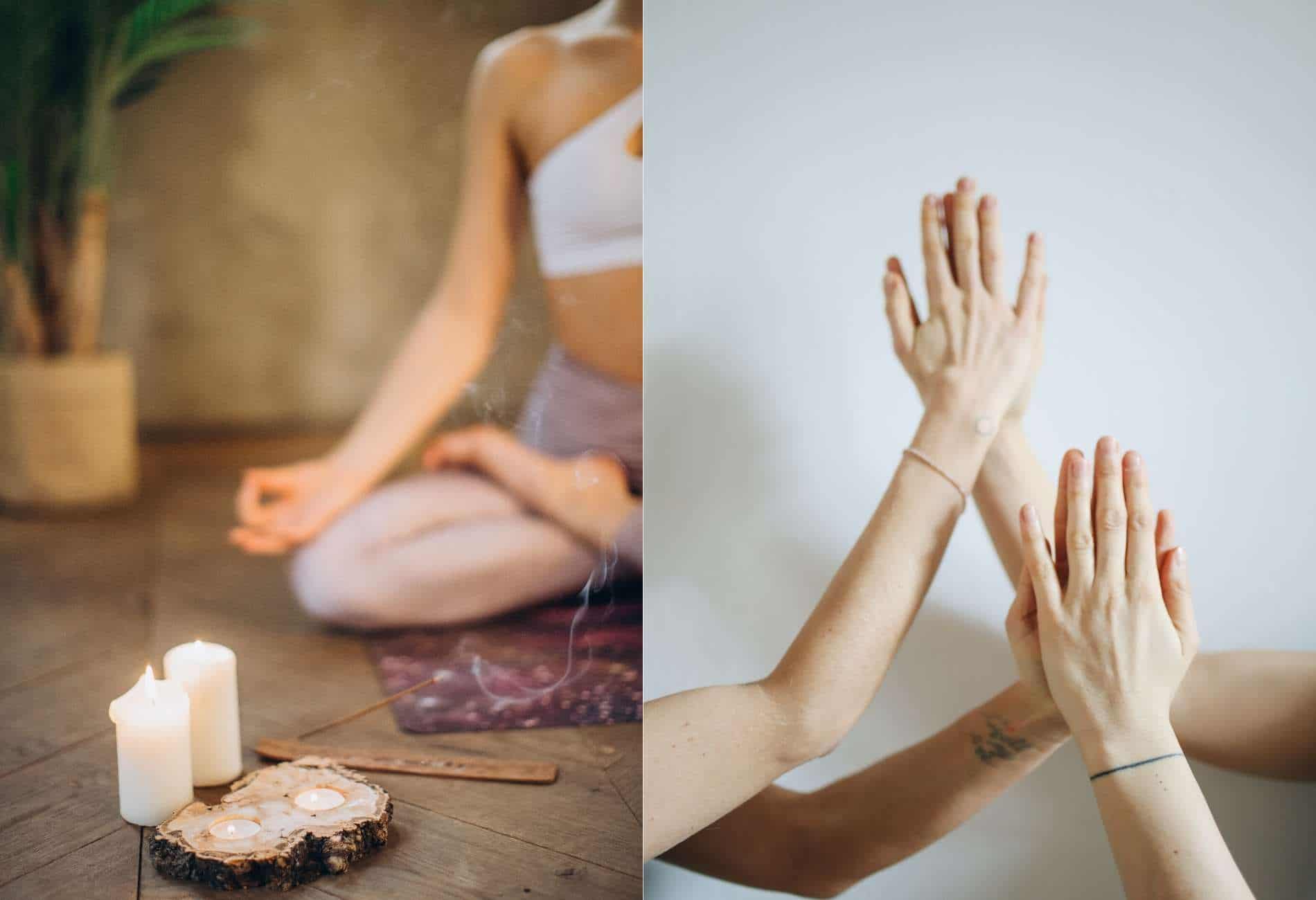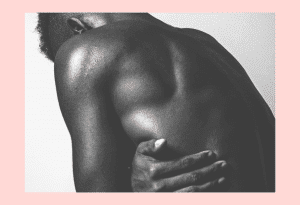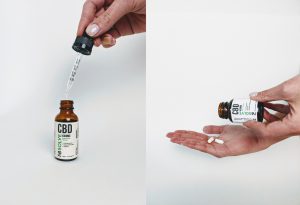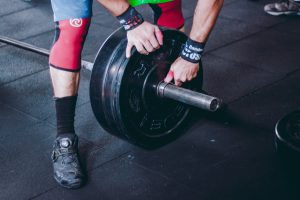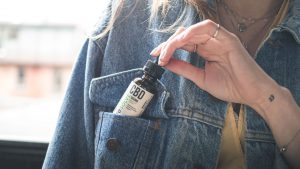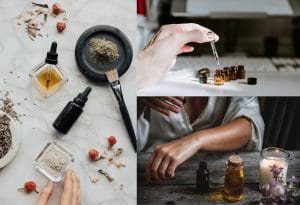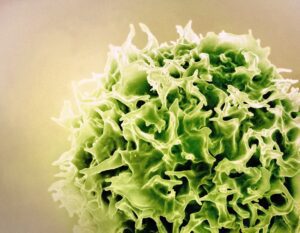CBD topicals and pressure points: 4 pulse points for best results
Reading Time: 7 minutes
How you apply or consume CBD can be as important as the product you choose. CBD comes in the form of ingestibles (like capsules, oil, gummies) or topical CBD (creams, balms, and salves). Depending on the severity of your condition, you may reach for a specific product or concentration. As for topical application, CBD can be applied onto a specific area of the body to calm pain or inflammation.. This can be as simple as applying the CBD product onto the affected area and rubbing it into the skin, or it can be more specially targeted by applying it to pulse points. Applying CBD to pressure or pulse points can be a more potent and targeted method of application. Below you’ll find all the information you need about CBD and pressure points or pulse points.
Contents
CBD oil is gaining increasing traction as an alternative to prescription medicine for a number of medical conditions. Since CBD, or Cannabidiol, is a natural compound, it doesn’t cause many of the side effects commonly associated with pharmaceutical drugs. Although CBD is experiencing a rise in recent popularity, it’s not a recent discovery. In fact, CBD has been consumed and applied in various forms and methods for centuries. It is now possible to find CBD in a number of health and wellness products, including skincare, therapeutics, and medicinal goods. This rise in popularity and sheer volume of CBD products on the market has prompted researchers to study its impact and efficacy in combating various illnesses and conditions. Though this branch of science is relatively new and requires much more investigation, CBD has shown initial promise as an effective tool for managing anxiety, insomnia, and chronic pain.
What are pressure points or pulse points?
Pressure or pulse points refer to specific places throughout the body that are considered incredibly receptive, akin to transmitters that exist outside the body. It is believed that applying pressure to these areas helps to regulate and improve various internal processes that exist within the body. While there are certainly therapeutic benefits that can be derived from human touch, the study of practices and concepts that incorporate acupressure like Traditional Chinese Medicine (TCM) and Ayurveda remain contested in the medical community and require further research. With that said, the proponents of these alternative forms of medicine are many and those who practice them emphatically tout their benefits. As such, many people who are curious but cautious turn to pressure or pulse points as a way of integrating alternative medicinal practices because of the very limited side effects and associated risks. Because of this, CBD and pressure points could also be an effective combination for relief.
Traditional Chinese Medicine and Ayurveda
To better understand how traditional medicine works, it is worthwhile to explore the ideas and concepts to which pulse or pressure points are attributed. Acupressure is a practise that can be traced back to both Traditional Chinese Medicine (TCM) and Ayurveda, which is an ancient Indian practice.

Traditional Chinese Medicine and the body
TCM is a system of practice that originated in China thousands of years ago and has changed very little since. The idea is that a vital force of life, called Qi, travels through the body. Any imbalance to Qi can result in illness and disease. The imbalance is most commonly thought to correspond with an alteration in the complementary forces that comprise the Qi—known as Yin and Yang. The ancient Chinese believed that humans are a microcosm of the external, larger universe, and human life is interconnected with nature and governed by its forces. An important factor is the balance between life and disease. TCM treatment strives to restore that balance by providing personalized treatment that suits individual needs and addresses multiple issues. According to TCM teaching, restoring balance requires a renewed equilibrium between the internal bodily organs and functions, and the external elements of fire, water, earth, wood, and metal. Some of the treatments that are attributed to TCM include acupuncture, cupping (using warmed glass jars to create suction on specific points on the body), massaging pulse or pressure points, moxibustion (burning herbal leaves on or near the body), herbal remedies, and movement and concentration practices (Tai Chi for example).
Ayurveda and natural medicine
Likewise, Ayurveda is a natural system of medicine that has been around for over 3000 years. The term is derived from the Sanskrit word ayur (life) and veda (science or knowledge). Thus, Ayurveda translates to knowledge of life. In Ayurveda the belief is that disease is the result of imbalances or stress in a person’s consciousness. To remedy this, specific lifestyle changes and natural therapy is encouraged so that the body regains its equilibrium between the forces of body, mind, spirit, and environment. This concept of universal interconnectedness, the body’s makeup (prakriti), and life forces (doshas) are the essence of Ayurvedic medicine. Treatment can come in the form of a purification process, a special diet, herbal remedies, massage therapy, yoga, and meditation. The purpose of these treatments is to eliminate impurities, reduce symptoms, increase resistance to disease, reduce anxiety, and increase harmony in life.
Alternative medicine and energy points in the body
For centuries, the practitioners of these alternative medical conventions linked various limbs, immune responses, organs, and even emotions to specific energy points throughout the body. In CTM, these points are referred to as acupressure points, and in Ayurveda as Marma points. According to both CTM and Ayurveda, energy (chi or prana, respectively) can halt in these areas, blocking it from flowing throughout the rest of the body. When energy isn’t able to travel throughout the body, you fall ill. By freeing up these blockages, it frees up the passage, so energy is able to travel and circulate once again. As such, massaging pressure points is a method for activating the body’s self-healing mechanisms in order to treat and eliminate pain. Similar to acupuncture, which uses needles instead of touch, the idea is to stimulate the body at specific meridians or pressure points. According to Dr. Steve Moreau, DOM, AP, a licensed acupuncturist and instructor at the Florida College of Integrative Medicine, “TCM theory holds that each meridian pathway is connected to a specific organ. It’s the interconnection of specific points that allows acupressure to work.”
How can CBD work with pressure points to help relieve pain, nausea, anxiety, etc.?
A 2011 review looked at the efficacy of acupressure for the management of specific symptoms. Researchers reviewed randomized controlled trials (RCTs) that have, in the past, investigated the success of acupressure as a non-invasive strategy for the management of symptoms. The review included 43 studies. In 16 out of 23 studies, investigators concluded that acupressure is effective in dealing with nausea and vomiting for patients undergoing chemotherapy. In 9 out of 10 studies, investigators concluded that acupressure is an effective pain remedy for patients with dysmenorrhea, and patients who have experienced trauma. Investigators in 6 studies found that acupressure was effective in improving fatigue and reducing insomnia in various populations.
The question remains, how do CBD and pressure points work in conjunction? In other words, can CBD elevate the process of acupressure to help treat and manage symptoms of these illnesses or diseases? The short answer is “yes”. Acupressure is best conducted with the application of oil or balm on the body. It allows the practitioner to better maneuver the body’s curvature. Though this can easily be achieved using sesame or mustard oil, massaging CBD products is the more effective alternative. CBD has shown signs of being an effective and natural treatment for anxiety and pain. By applying it directly to the body’s pulse or pressure points, it can be absorbed more easily and provide rapid relief from stress. This is because at these points, the blood vessels are closer to the surface of the skin than they are anywhere else on the body. For this reason, the transdermal absorption is much more effective than if the product were to be applied elsewhere. Coupled with the already therapeutic effect of acupressure, the medicinal quality of CBD is bound to rapidly improve your symptoms and alleviate pain.

4 pressure points for applying CBD topicals
So how can we use CBD and pressure points effectively? Where are the pressure points located and what are they each responsible for? According to these ancient practises, there are 107 points on the body, each serving a specific purpose, and each with their own name and specific way of massaging them. The most common and easily accessible pressure and pulse points are located on or around your hands. While pressure points can also be found on the inside of your elbows, calves, and waist (among other areas), the pressure points that are found on or around your hands are associated with several biological functions so we will focus on this area.
The first is the heart 7 acupressure point, which can be found in the crease of your wrist. It aligns with the space between your ring finger and pinky finger. There is a bone directly in line next to this pulse point. By applying gentle pressure to this area, you can combat anxiety, insomnia, heart palpitations, and depression.
Another pressure point is the small intestine 3 pressure point. This can be found on the outside part of your hand, towards your pinky finger. The pulse point exists exactly where there is a depression in your hand below the pinky. Applying pressure at this point can relieve neck pain, earaches, and headaches that occur in the back of the head.
The inner gate point can be found on the crease of your wrist. Extend your hand as though you are receiving a package. Take one hand and place it about 3 centi meters away from the middle of your wrist. Massaging this point firmly with your thumb can improve digestion and relieve nausea and stomach pain.
Finally, the wrist point 1 can be located by running your finger down your pinky to your wrist crease. Be sure to keep it in line with your pinky finger. Firmly pressing down on this pulse point will regulate your emotions, which will help promote happiness.
Pressure or pulse points are best massaged in a broad and gentle way in order to calm the energy of the heart. Apply your preferred amount of topical CBD or CBD oil to the affected area and begin massaging it into the skin. If you are new to CBD, the best way to determine your dosage needs is to start low and gradually work your way up.
Conclusion
Many of the practices promoted by TCM and Ayurveda have yet to be proven in a substantial way, so it’s best to approach with caution. Thankfully, acupressure is a procedure that is non-invasive and has little to no associated risks. Acupressure and CBD can have positive effects when used as complementary therapy in conjunction with standard, conventional medical care. It is important to discuss any alternative treatment ideas or plans with your doctor.
DISCLAIMER: Information and products presented by resolveCBD are not intended to diagnose, treat, cure, or prevent any disease or ailment, nor is it intended to be a substitute or alternative for professional medical advice. Always consult with a licensed professional regarding medical treatment or possible interactions with prescribed drugs. Products are intended to be used as directed, by individuals who are 19 years of age or older.



